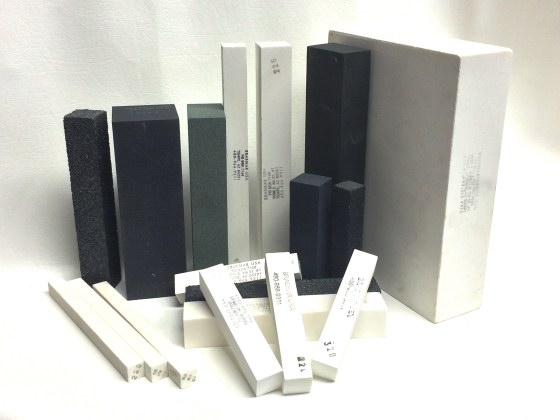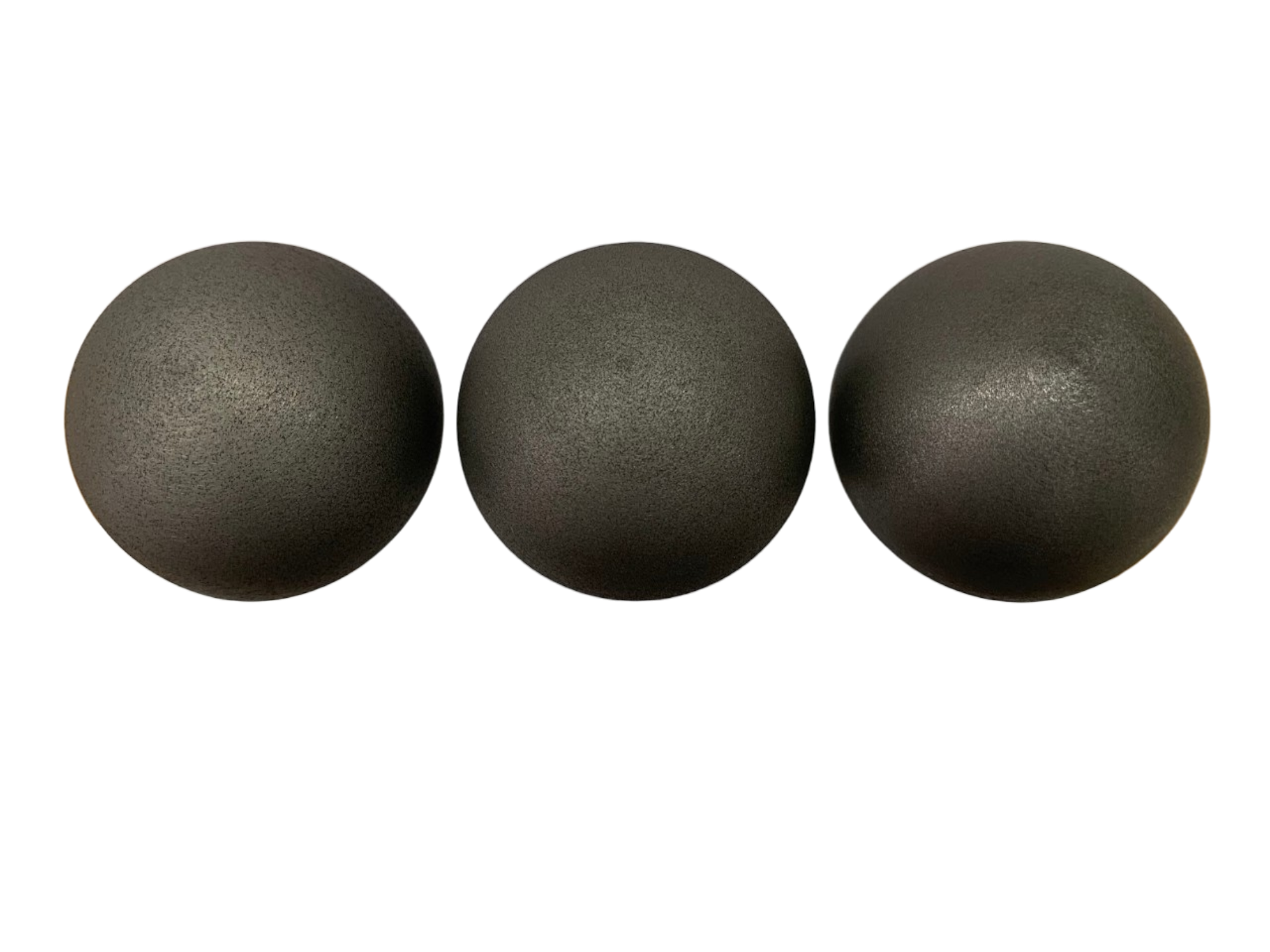
Abrasive Concentration
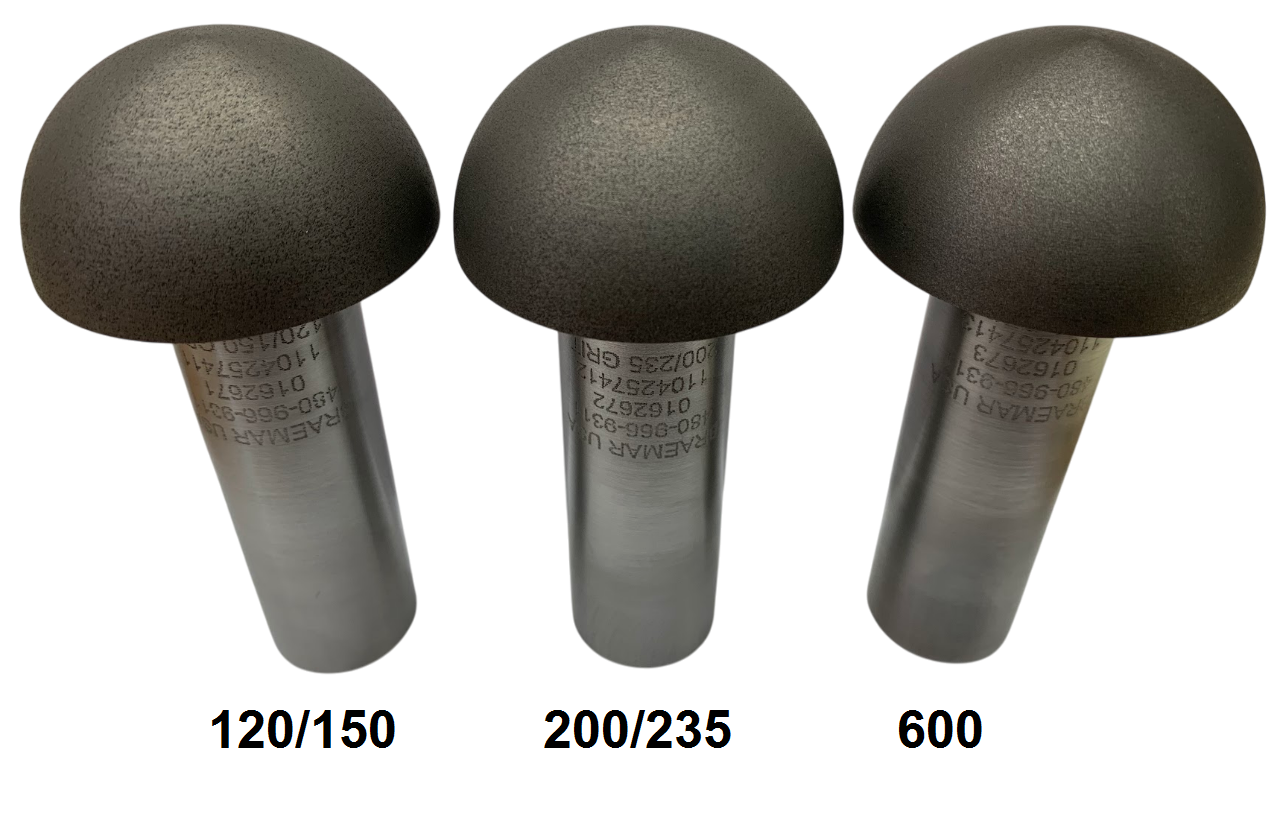
Abrasive concentration refers to how much diamond or CBN (cubic boron nitride) abrasive is packed into a grinding wheel. It’s usually measured as a percentage—where 100% means there are 72 carats of abrasive per cubic inch of bonding material.
A higher abrasive concentration means more cutting points are in contact with the material being ground. This leads to faster cutting, a smoother finish, and a longer-lasting wheel—especially useful when grinding very hard materials like carbide, ceramics, or hardened steel.
However, more abrasive also means higher cost and less space for chips to clear out, which can be a problem in fine-grit grinding. That’s why choosing the right concentration is important to get a good balance between cutting performance, wheel life, heat control, and cost.
-
Low concentration (25–75%) is better for softer materials. It allows for freer cutting and helps prevent the wheel from clogging.
-
High concentration (100% or more) is better for hard materials and precision work, where accuracy and long tool life are important.
It’s also worth noting that abrasive concentration mostly applies to resin and metal bonded wheels. Other types, like electroplated or Braze-Bond wheels, have a single layer of abrasive fixed to the surface, so concentration isn’t a factor in the same way.
In the end, choosing the right abrasive concentration helps improve grinding speed, surface quality, heat control, and overall efficiency.
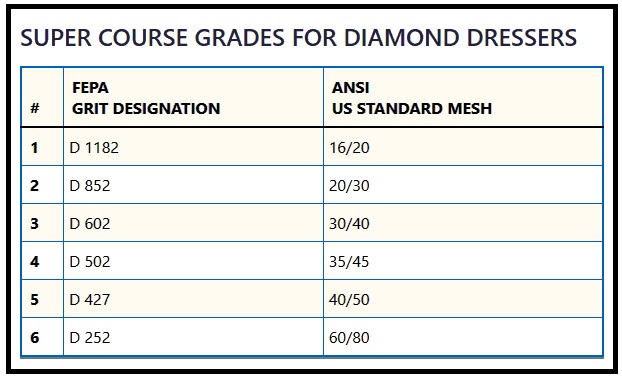
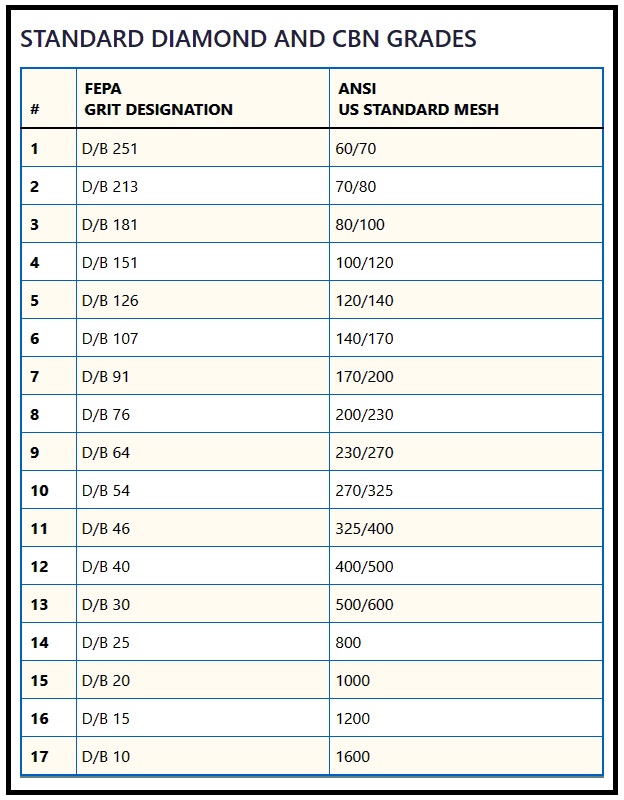
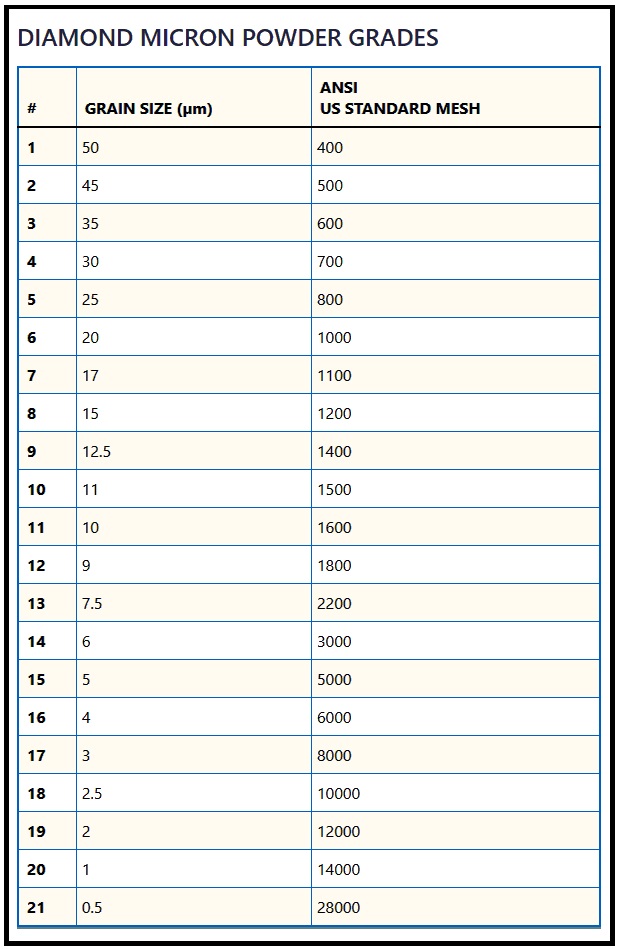
Call (480) 966-9311 or Add to Quote for pricing.

